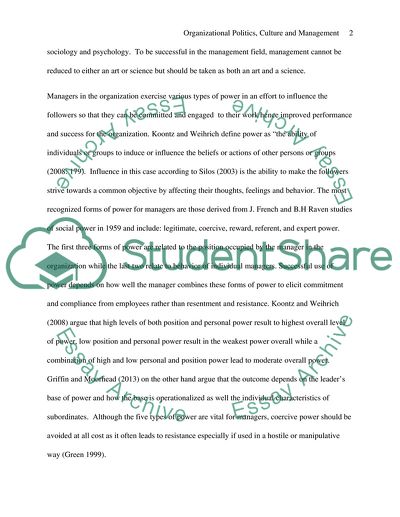Cite this document
(“ORGANISATIONAL POLITICS, CULTURE AND MANAGEMENT Essay”, n.d.)
ORGANISATIONAL POLITICS, CULTURE AND MANAGEMENT Essay. Retrieved from https://studentshare.org/social-science/1641370-organisational-politics-culture-and-management
ORGANISATIONAL POLITICS, CULTURE AND MANAGEMENT Essay. Retrieved from https://studentshare.org/social-science/1641370-organisational-politics-culture-and-management
(ORGANISATIONAL POLITICS, CULTURE AND MANAGEMENT Essay)
ORGANISATIONAL POLITICS, CULTURE AND MANAGEMENT Essay. https://studentshare.org/social-science/1641370-organisational-politics-culture-and-management.
ORGANISATIONAL POLITICS, CULTURE AND MANAGEMENT Essay. https://studentshare.org/social-science/1641370-organisational-politics-culture-and-management.
“ORGANISATIONAL POLITICS, CULTURE AND MANAGEMENT Essay”, n.d. https://studentshare.org/social-science/1641370-organisational-politics-culture-and-management.


